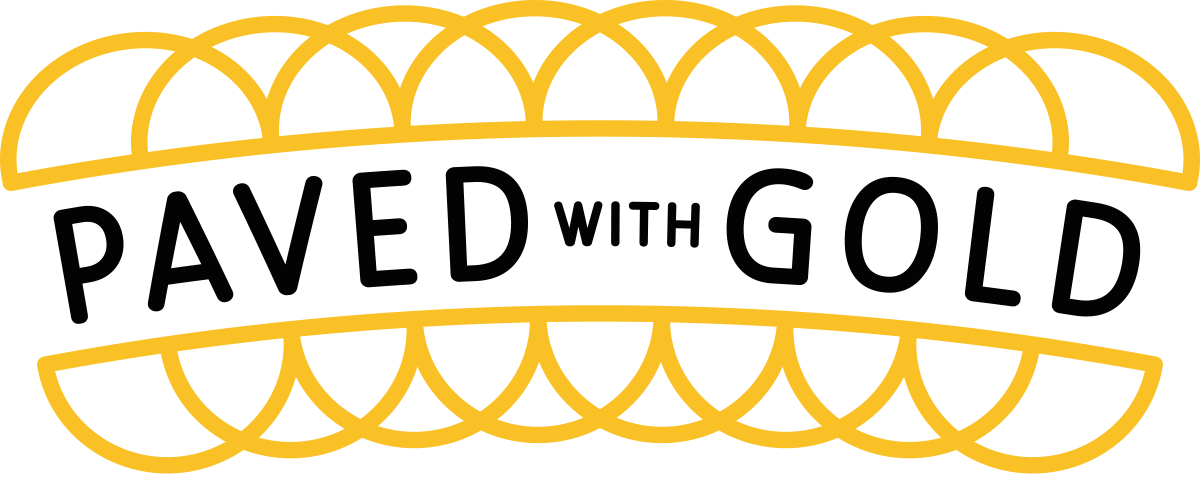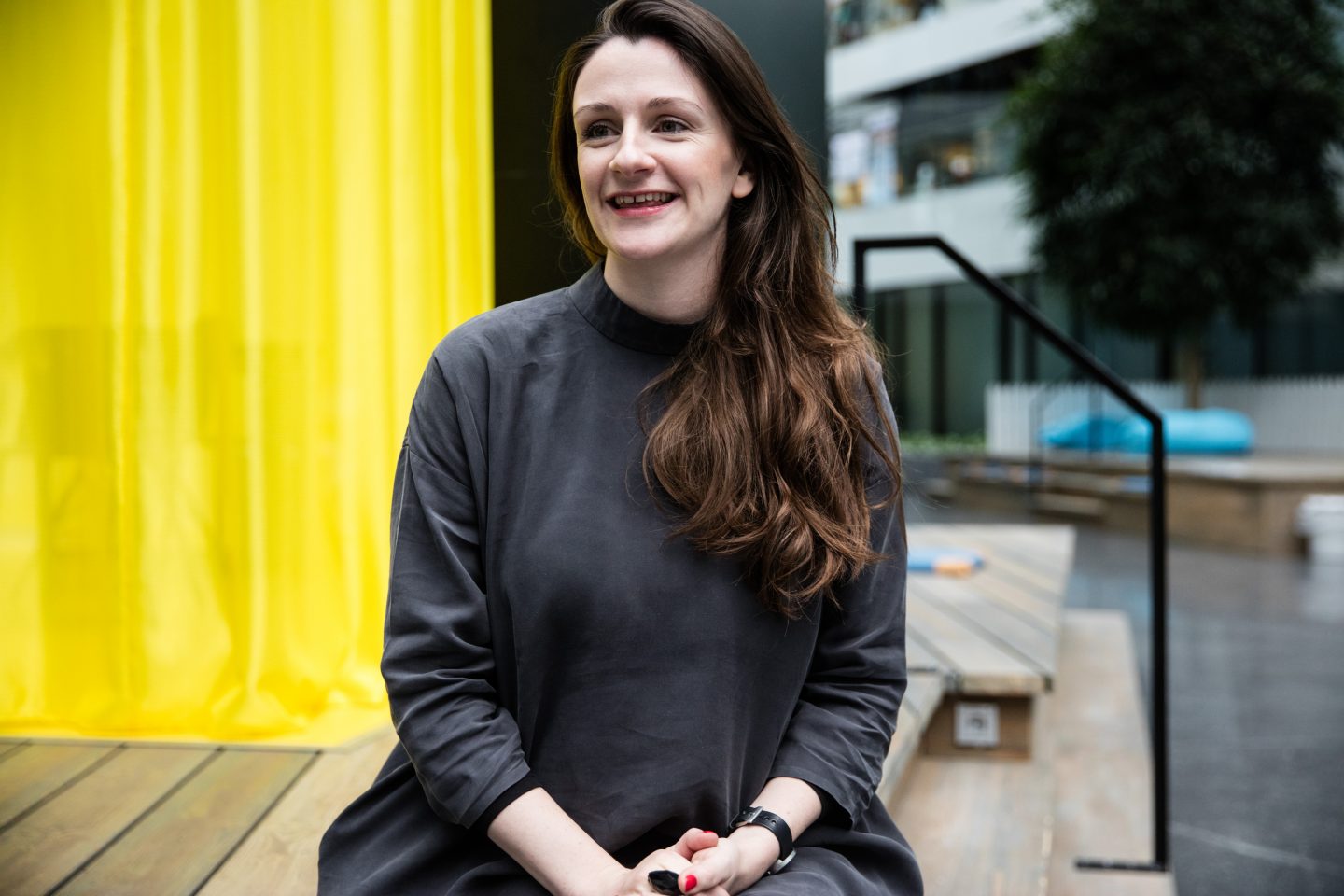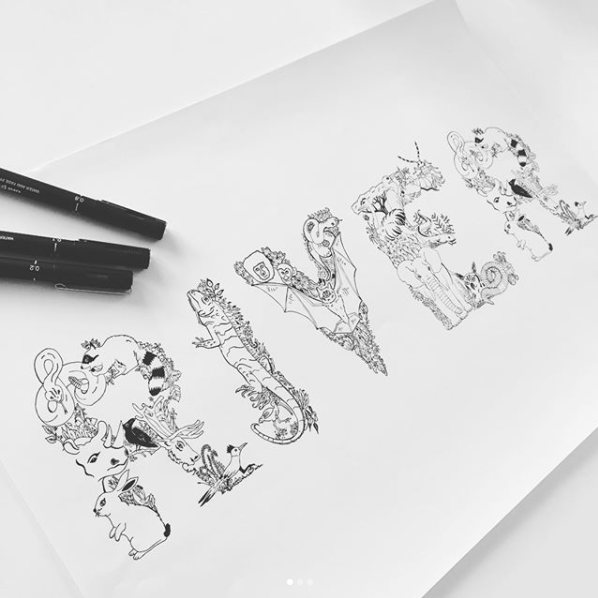Vanilla Ink, Ink Baby. Have you met Kate before? She’s all at once quiet and lively and incredibly, incredibly motivated. There’s not many people that work quite as hard as she does, and it was real pleasure to get a chance to ask her all our questions. Vanilla Ink is a jewellery school based in Glasgow, anyway, we’ll let Kate tell you all about it.
Tell us about yourself and Vanilla Ink.
Hullo - I'm Kate Pickering the founding director of Vanilla Ink, Scotland's unique Jewellery School. From Fife, to Dundee, to Glasgow, where I now live in the Southside with my two dogs, Brutus and Rita.
Vanilla Ink was founded in 2009 and has grown a few arms and legs since then. Primarily set up to bridge the gap from education to industry and support start up jewellers in their transition from learning jewellery and being a jeweller. Vanilla Ink also started teaching classes to all walks of life in its original studio in Dundee and was always striving to support the jewellery industry. It moved to Glasgow in 2014 where I dipped my toe in the water and thankfully Glasgow loved it! We expanded and I brought on a business partner, Master Goldsmith Scott McIntyre. We crowdfunded to turn Vanilla Ink Studios Ltd into Vanilla Ink Jewellery School CIC and raised £30,000 to build our school in our current home in The Hidden Lane in the WestEnd of Glasgow, that we love! We teach, we train, we support and we make. We believe in 'Educating, Inspiring and Empowering' anyone who walks into Vanilla Ink.
We hadn't even been open a year when we opened up our second location in the beautiful Banff Aberdeenshire, Vanilla Ink The Smiddy, specialising more in Silversmithing, we doubled our team and now the fantastic Megan and Alison run the incredible space up there and things are just rosie, incredibly busy but we are so grateful that things are going well.
What’s the one thing you wish you knew before your first year in business?
The basics of accountancy! The terminology still baffles me and I put my full trust in accountants, which hasn't always been the smartest move. I really enjoyed the book Business for Bohemians by Tom Hodgkinson, Tom talks about how Indie businesses and particularly creative businesses bury their heads in the sand when it comes to numbers and financial planning. His advice is to get an accountant but to still know the basics to keep your business afloat and to call bullshit when an accountant is not doing their job properly (happy to say we have fantastic accountants but we are definitely their problem children because we are playing catch up).
What are your top 3 tips for supporting other small businesses to grow?
1. Ask for help whenever you need it. I am an advocate of throwing your hands up and admitting when you are stuck. I would rather ask for help than waste hours trying to figure things out on my own.
2. Trust your gut. I'm guilty of talking to A LOT of people and getting advice from everyone that it sometimes muddies the water and pulls me in a direction that I wasn't necessary going. I think that's a confidence thing.
3. Be you and be honest! I'm not afraid to stand in front of a crowd of suits in a floral jumpsuit and tell them about my journey and I've always been quite open with my lessons and insights. I think what you give out, you get back.
“ Be you and be honest! I’m not afraid to stand in front of a crowd of suits in a floral jumpsuit and tell them about my journey”
▾
What was the best bit of advice you have been given and who gave you it?
My first advisor from the Princes Trust told me to just let it grow (try not to sing that song from Frozen). I was trying to force Vanilla Ink into something it wasn't ready to be and I've done it on a few occasions and I then rein it in and let it tell me what it wants to do. Vanilla Ink has grown from a one woman sole trader, into a limited company, then a Community Interest Company and now a form of franchise. We haven't rushed it and just listened to the business!
You’ve launched your newest location this year, what’s your ambition for Vanilla Ink?
That's a good question as opening the newest location was one of 5-year goals and we got it in year one. Right now I'm going to try and enjoy the space and perhaps just sit back and congratulate ourselves on what we have achieved in such a short space of time. However, knowing me that won't last long and I'll start getting twitchy.
Our ambition is to keep growing...international Vanilla Ink anyone? We would love to see our Glasgow location grow in size too, create more spaces for Jewellers and Silversmiths to work, more classes, bigger facilities with MORE TOOLS.
What song gets you moving in the workshop and what do you love about it?
I'm a wee mosher at heart and anything nu-metal will get me dancing, a bit of System of Down, Limp Bizkit, Linkin Park but what will always get me up on the dance floor of the Catty would be Killing In the Name - Rage Against the Machine. A total throwback to my high school years, it wasn't the best of times but I remember coming home and playing this very loud and feeling so free.
















